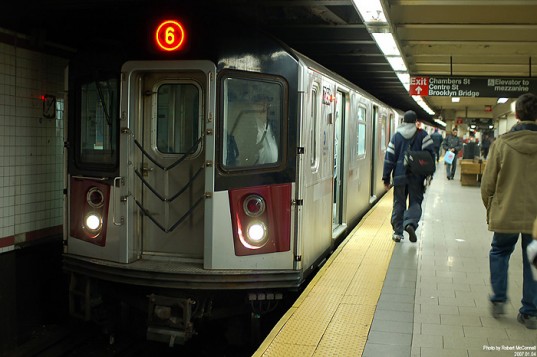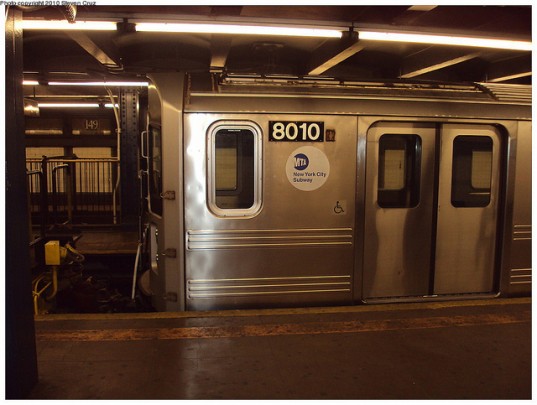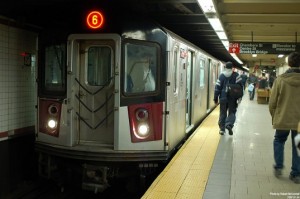London, New York, Paris – what do they all have in common? Apart from being among the world’s most energy-hungry cities, they all have underground subway systems. These public transport systems help millions of people each day to get to and from work, but what if they could also be used to help power these metropolises? Vycon Energy, who makes industrial flywheels, believes that they can tap the immense amount of kinetic energy carried by moving subway trains to subsidize city power systems. Not only would this reduce emissions, but it would also help to avoid peak power emergencies.
Vycon’s technology works in a similiar way to regenerative braking. Moving trains carry a lot of kinetic energy, and the company believes they can harness this energy whenever a train slows down at a station. By connecting a flywheel to the rail system, Vycon believes that the kinetic energy could be converted to electrical power. This electricity could then be used to get the train moving again – it is a system that has had been used with great success in hybrid vehicles. However trains would certainly generate a lot more energy then a Prius.

According to Green Tech Media, a 10-car subway train in New York’s system requires a jolt of three to four megawatts of power for 30 seconds to get up to cruising speed. That’s enough energy to power 1,300 average U.S. homes. The power usage is so great that train departures are staggered in order to accomdate the availability of power. Despite this, stations can still experience power drops. “Almost every rail company in the U.S. has a station where voltage sag is a problem,” said Louis Romo, vice president of sales at Vycon.
Vycon’s plan would see a decelerating subway train generate up to four megawatts of energy. This power would be sent to the company’s Regen flywheels, which would be housed at the station. It would then be sent to the train’s electric motor via the electric third rail.

“We can put back 90 percent of what we capture,” he said. “When the train wants to leave, you just use the energy you created.” If the energy that trains create can be re-used to power them in all these major cities, just think how much energy can be saved worldwide.

 Follow
Follow